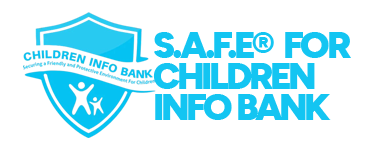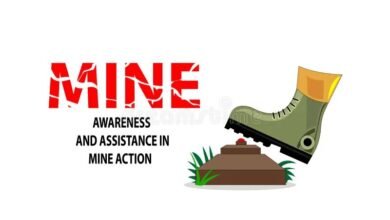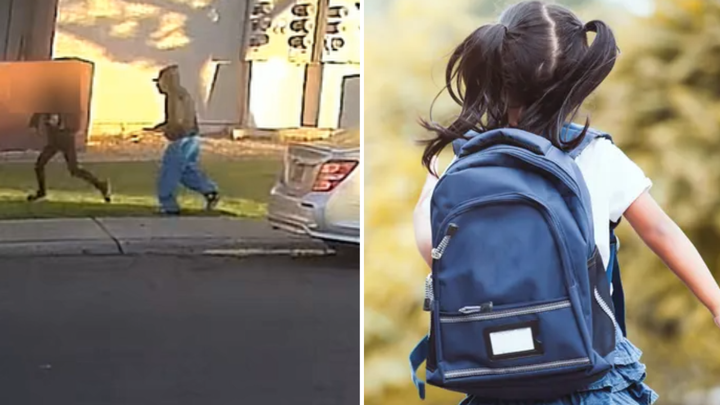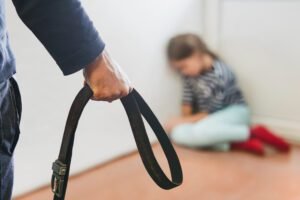Teaching Healthy Habits: Hygiene and Self-Care for Children

Source: http://ebnnursery.com
Teaching children about hygiene and self-care begins with simple yet essential daily practices like washing hands, brushing teeth, and maintaining overall cleanliness. Teaching personal hygiene is more than just a routine, it is a fundamental aspect of a child’s development that lays the groundwork for lifelong well-being.
By instilling good hygiene habits early, we empower children to take responsibility for their health, build confidence, and develop self-respect. This article explores the importance of personal hygiene, the role of parents and educators, and practical ways to teach children these essential skills.
Why Is Personal Hygiene Important for Kids?
Personal hygiene is more than just keeping clean; it helps children stay healthy, reduces the risk of infections, and fosters self-esteem. Proper hygiene practices prevent the spread of germs, protect against diseases, and teach children the value of self-care. Additionally, developing these habits early ensures they become a natural part of their daily routine as they grow.
The Role of Parents and Educators
Parents and educators play a crucial role in reinforcing hygiene habits. Their guidance, patience, and encouragement shape children’s understanding of cleanliness. By setting a good example and making hygiene routines enjoyable, adults can instill lifelong habits that children will carry into adulthood.
Essential Hygiene Practices for Every Child
Teaching children personal hygiene involves introducing and reinforcing several key practices:
- Brushing Teeth Twice Daily: Prevents cavities, strengthens gums, and promotes oral health.
- Washing Hands Regularly: Reduces the spread of germs and infections.
- Bathing Frequently: Keeps the skin clean and fresh.
- Keeping Nails Trimmed and Clean: Prevents dirt and bacteria from accumulating.
- Underarm and Body Odor Care: Introduces deodorant and proper hygiene habits as they grow.
- Toileting Hygiene: Teaches proper wiping techniques and handwashing after using the toilet.
- Menstrual Hygiene Education: Prepares young girls for puberty and helps them manage their menstrual cycle with confidence.
Using a Personal Hygiene Chart for Kids
A hygiene chart is a great way to teach and reinforce these habits. Visual reminders, stickers, and small rewards encourage children to take responsibility for their routines. A well-designed hygiene chart should include:
- Brushing teeth steps for kids
- Hand washing steps for kids
- Bathing and skincare reminders
- Nail and hair care routines
Brushing Teeth: A Step-by-Step Guide
Dental hygiene is critical for children’s overall health. To make brushing teeth a fun and engaging activity, follow these steps:
- Apply a pea-sized amount of toothpaste to a soft-bristled toothbrush.
- Position the brush at a 45-degree angle to the gums.
- Brush gently in circular motions, covering all tooth surfaces.
- Brush the tongue to remove bacteria and freshen breath.
- Rinse thoroughly with water.
Making Tooth Brushing Fun
Encourage children to enjoy brushing their teeth by using colorful toothbrushes, flavored toothpaste, and playing a fun song while brushing. Rewards like stickers or praise can also make the habit more exciting.
Hand Washing: An Essential Skill
Hand hygiene is one of the most effective ways to prevent the spread of illness. Teaching proper hand-washing techniques helps children understand the importance of clean hands.
Hand Washing Steps for Kids
- Wet hands with clean, running water.
- Apply soap and rub hands together to create a lather.
- Scrub all areas, including the backs of hands, between fingers, and under nails, for at least 20 seconds.
- Rinse thoroughly with clean water.
- Dry hands with a clean towel or let them air dry.
Making Hand Washing a Habit
Encourage children to wash their hands:
- Before eating
- After playing outside
- After using the toilet
- After coughing or sneezing
Teaching Hygiene Through Play and Stories
Children learn best through fun and interactive experiences. Creative storytelling, games, and role-playing activities can make hygiene lessons more engaging.
Storytelling for Personal Hygiene
Create stories featuring characters who practice good hygiene habits. When children see relatable scenarios, they are more likely to adopt these habits themselves.
Interactive Games and Activities
- Sing hand-washing songs to make the routine fun.
- Use hygiene-themed apps to engage kids with interactive learning.
- Role-play with dolls to demonstrate hygiene practices.
Overcoming Hygiene Challenges
Some children may resist hygiene routines due to discomfort or lack of interest. To overcome these challenges:
- Be patient and use positive reinforcement.
- Offer choices (e.g., selecting their own toothbrush or soap scent).
- Create a structured routine that integrates hygiene naturally into their day.
Why Personal Hygiene Matters for Social and Emotional Well-being
Poor personal hygiene can lead to social challenges, such as being teased by peers, which may lower a child’s confidence. Additionally, poor hygiene increases the risk of infections and illnesses. Parents and educators must help children understand the importance of hygiene in a positive and supportive way.
Conclusion
Personal hygiene is an essential part of a child’s development, contributing to their health, confidence, and social interactions. Parents and educators must work together to instill these habits early. By using tools like hygiene charts, interactive activities, and positive reinforcement, we can make self-care an enjoyable and lifelong practice.
Source of image: http://ebnnursery.com





